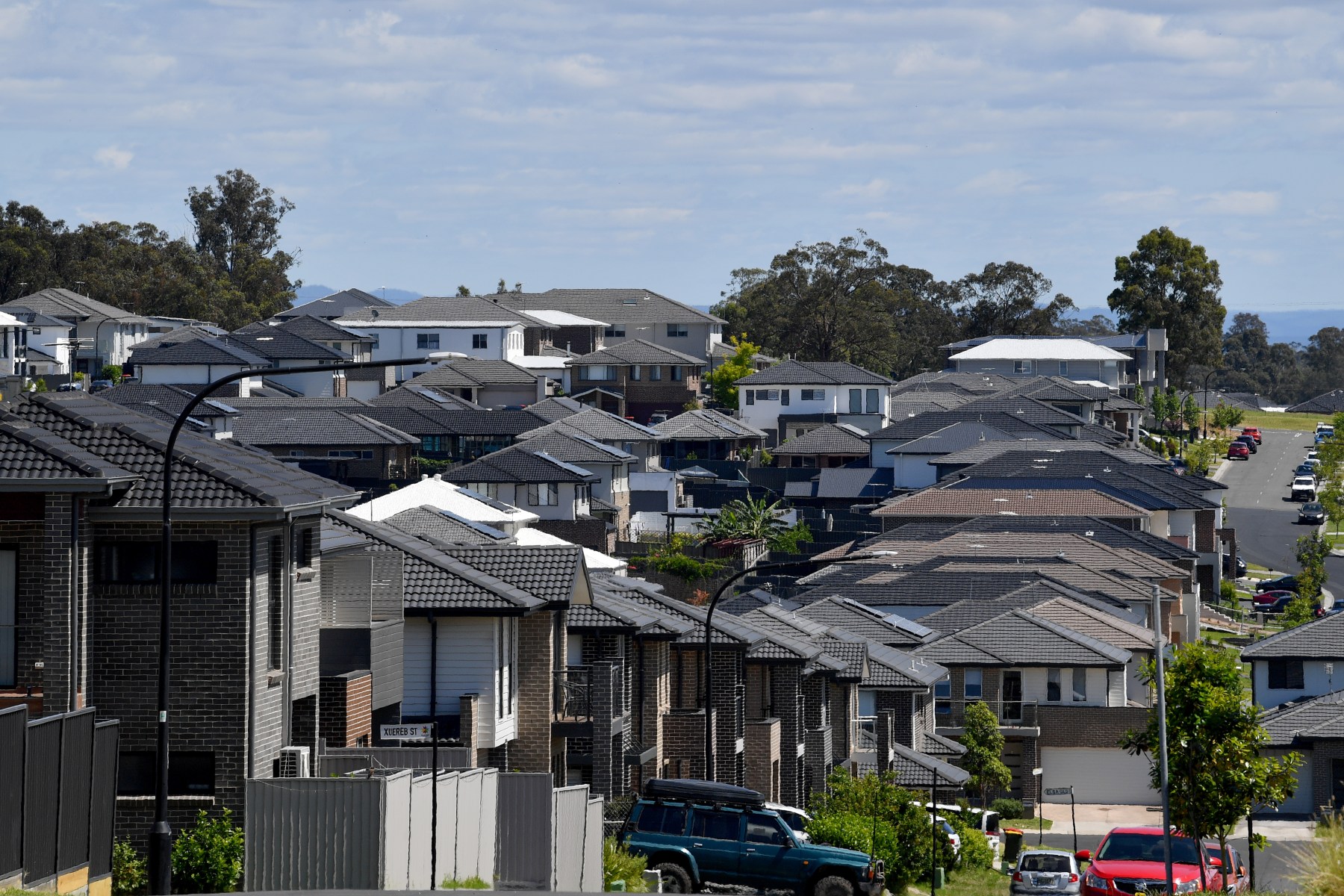While market pressures have pinned Queensland vacancy rates down during 2022, new Real Estate Institute of Queensland (REIQ) data shows the year has ended with a slight uplift across the state.
43 local government areas experienced a vacancy rate rise compared to the previous quarter, while seven were static.
The state-wide vacancy rate rose from 0.6 per cent in the September quarter to 0.8 per cent to close the year, at an improved yet still critically low rate.
Bundaberg is one of the few areas that has remained the same, with the rate still sitting at 0.5 per cent.
REIQ CEO Antonia Mercorella welcomes the broader, momentary relief but says vacancy rates are still far too low to be considered ‘healthy’ and it is too early to draw conclusions that there is a material shift in the rental market.
“Promising as this news may seem, we’re taking it with a grain of salt until we see if this is uplift is here to stay or if it’s merely a seasonal fluctuation,” Ms Mercorella says.
“Tiny movements, however hopeful, should not be overanalysed. What this essentially means is the market is holding tight, and only time will tell if a trend is emerging.
“An influx of rental property changeovers at the end of the year is certainly not a new phenomenon, and the past decade of vacancy rates reveals patterns of generally higher vacancies in December.
“However, the REIQ is hearing from property managers that there is noticeably less exit and entry activity than usual, as there’s still plenty of tenants that are staying put and choosing to renew their lease rather than compete for a new place.
“Even with this small improvement in rates, let’s not forget that we’re still talking about incredibly low vacancy figures which tells us there’s no-where near enough rental properties to meet demand, and tough conditions continue for tenants.”
Ms Mercorella says the REIQ’s expectation is that this year will bring more of the same stubbornly tight conditions for the Queensland rental market.
“It’s likely that 2023 will be a case of – New year, same rental pressures,” she says.
“Our state will continue to feel the impact of population growth with very strong interstate migration as well international migration including students set to return in force to the southeast corner.
“This increased demand will continue to apply pressure to an already strained rental market.
“Queensland is crying out for additional housing supply to ease the tight conditions, but building costs and planning red tape are putting the brakes on new construction, while higher costs, more challenging lending conditions, and reduced legislative rights are deterring vital private property investment.
“This report has delivered some fleeting good news, but we’re certainly not at a turning point yet, and with these economic factors continuing to apply pressure, it’s hard to see any significant changes in sight.”







